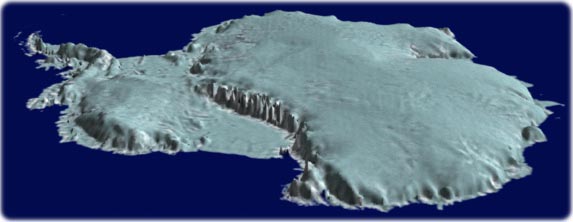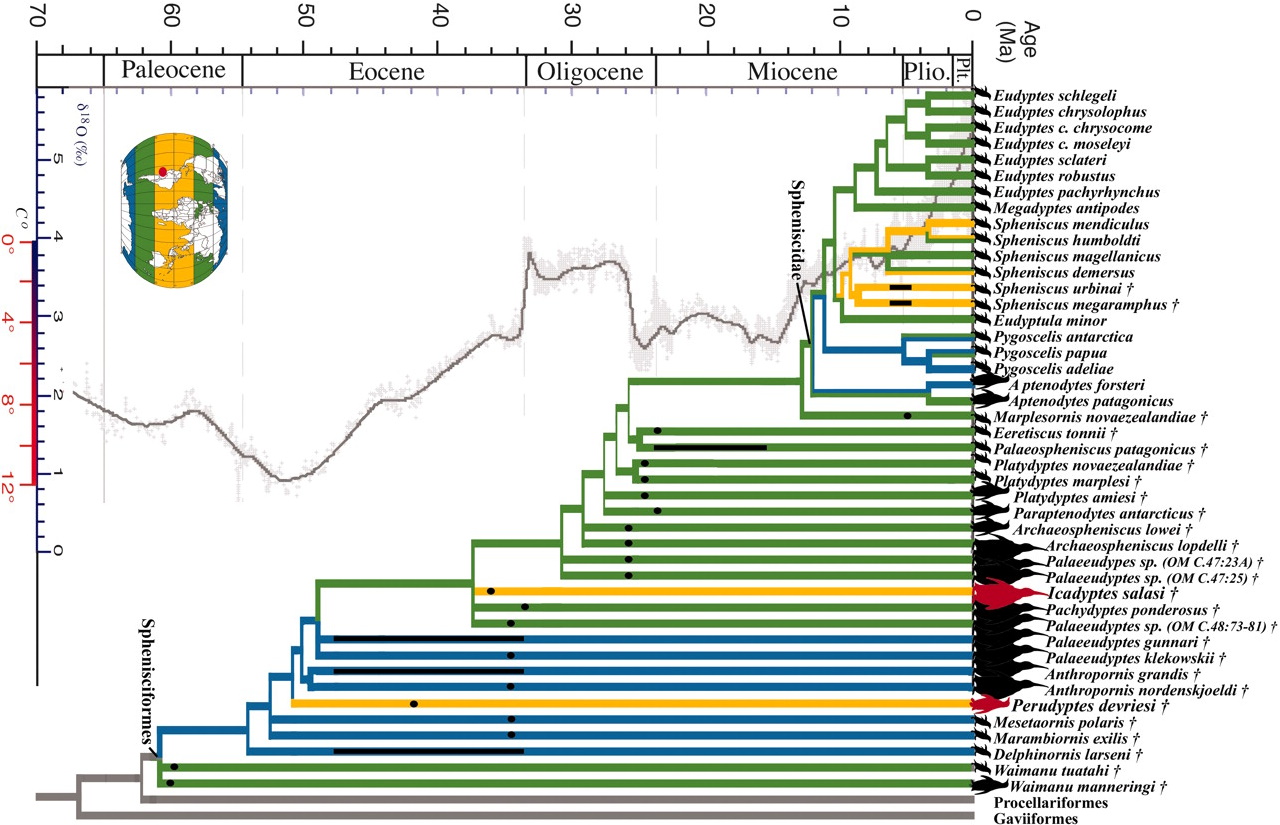Two-Tailed Ancient Bird Uncovered
... one perhaps for flying and the other for showing off.
A reconstruction of a two-tailed 120-million-year-old Jeholornis.
Illustration courtesy Aijuan Shi
Dan Vergano
National Geographic
Published October 7, 2013
The early bird gets two tails? A
120-million-year-old bird sported a long tail and a second, unexpected
tail frond, paleontologists suggest. The discovery points to a
complicated evolutionary path for the tails we see in birds today.
One of the oldest known birds,
Jeholornis,
lived in what is today China, along with a trove of other feathered
dinosaurs discovered in the region over the last decade. It was also
thought to sport only a long fan-feathered tail at its back end. Now,
however, paleontologists are claiming discovery of a second tail frond
adorning the bird.
"The 'two-tail' plumage of
Jeholornis
is unique," according to the study, which was led by Jingmai O’Connor
of the Chinese Academy of Sciences in Beijing. The report of the
discovery of the tail frond was published in the
Proceedings of the National Academy of Sciences.
Of 11
Jeholornis
fossils that retain evidence of ancient plumage, 6 have signs of this
frond of 11 feathers, which would have jutted above the bird's back at a
jaunty, upright angle in a "visually striking" manner, according to the
study.
Two-Tailed Display
"Clearly
the display aspect of the frond would have been undeniable," says
paleontologist Mark Norell, of the American Museum of Natural History in
New York, who was not part of the study. "It calls to mind living
birds, even peacocks, which display broad plumes of feathers."
In
peacocks and other birds, such feathery features are more for attracting
the attention of potential mates than for any functional purpose.
Since male birds today are the ones with the striking plumage, the authors suggest that perhaps only one sex of
Jeholornis sported the eye-catching tail fronds.
Early Aviation Advantage?
Jeholornis
is not thought to be directly related to modern birds, which seem to
have evolved from a different line of early avians. The study authors
suggest that the tail frond may have played a stabilizing role in the
flight of these early birds and that if the arrangement of feathers had
proven advantageous enough, modern birds might have evolved to sport
such two-tailed features. They see the fronds as flattening to offer a
streamlined appearance when the bird was in flight.
Other researchers aren't convinced the newly discovered tail frond played much of a role in aviation, however. "Feathering
in the new specimens is quite interesting, but we have to remember it
is a feature so far only known in one species," says University of Texas
paleontologist Julia Clarke, who adds the frond wasn't seen in all the
fossils.
"Thus, its implications for the origin of
flight are unclear," she says. "It could have been a peculiarity of the
one species, as the authors note." Perhaps more likely, she suggests the frond simply evolved as an easy-to-notice "sexual display" flaunted by these early birds.


 Endangered yellow eyed penguin. New Zealand has a high percentage of endangered birds. (Credit: © paradoxdes / Fotolia)
Endangered yellow eyed penguin. New Zealand has a high percentage of endangered birds. (Credit: © paradoxdes / Fotolia)














